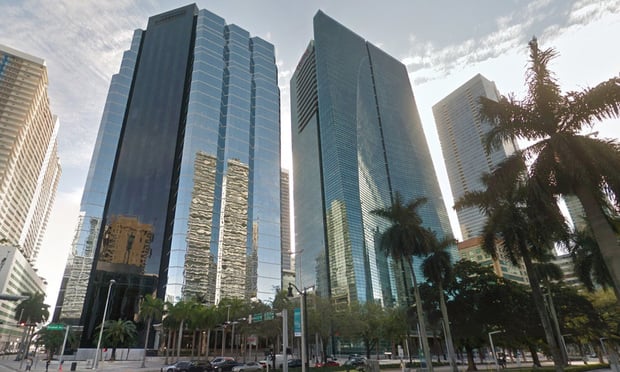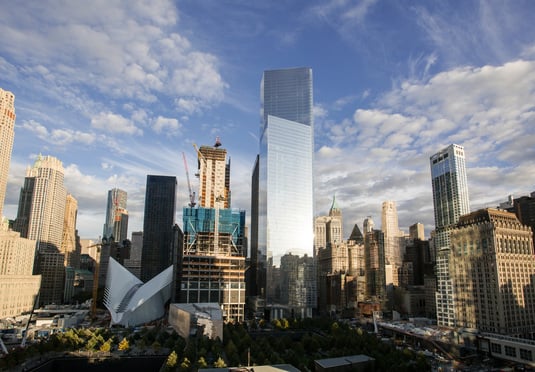Helping to survey--and make sense of--this post-meltdown landscape was a power panel of five commercial real estate experts convened by Salustri for the latest in the series of webinars produced by GlobeSt.com. Titled "Wall Street in a Freefall: The Winners and Losers," the hour-long discussion held Sept. 26 charted the differences between now and a month ago as well as a year ago, how this capital markets crisis differs from previous downturns and how savvy operators could make the most of the opportunities it will present. (Listen to a replay of the event, available through Dec. 26, here.)
Among the Wall Street downturns seen over the past couple of decades, the current one looms as "the most severe and the most dangerous," in the words of Anthony LoPinto, CEO of Equinox Partners and a regular blogger on GlobeSt.com. However, fellow panelist Robert White Jr., president of Real Capital Analytics, pointed out, "it's absolutely correct to make the distinction between what's going on in the capital markets and what's going on in the space markets." One thing distinguishing this downturn from others, panelists said, is that real estate fundamentals are better able to withstand the shocks.
Those shocks, however, will start rippling down from Wall Street to Main Street, panelists agreed. Even so, said Bruce Mosler, president and CEO of Cushman & Wakefield, "we don't have double-digit vacancy." Nor does Mosler envision vacancy rates climbing into the teens and 20s as in down markets of the past.
Even in the current climate, deals are getting done, suggesting that the money is coming from sources other than the now-strapped institutions, and will figure more prominently in transactions of the future. For example, Tony Thompson, chairman and CEO of Thompson National Properties, predicted "a renaissance of retail investors."
And while the panelists were unanimous in saying that some form of the $700-billion rescue plan (the first form of which Congress has shot down) is absolutely necessary, ING Real Estate Senior VP Timothy Zietara noted that the revival of the capital markets will be "more private-sector-driven than public-sector-driven." But the realities of the present are "more than just a temporary trend," White warned, and CRE players will have to learn to adapt to the new normal. The panelists suggested some ways in which smart operators are doing just that.
Want to continue reading?
Become a Free ALM Digital Reader.
Once you are an ALM Digital Member, you’ll receive:
- Breaking commercial real estate news and analysis, on-site and via our newsletters and custom alerts
- Educational webcasts, white papers, and ebooks from industry thought leaders
- Critical coverage of the property casualty insurance and financial advisory markets on our other ALM sites, PropertyCasualty360 and ThinkAdvisor
Already have an account? Sign In Now
*May exclude premium content© 2024 ALM Global, LLC, All Rights Reserved. Request academic re-use from www.copyright.com. All other uses, submit a request to [email protected]. For more information visit Asset & Logo Licensing.








